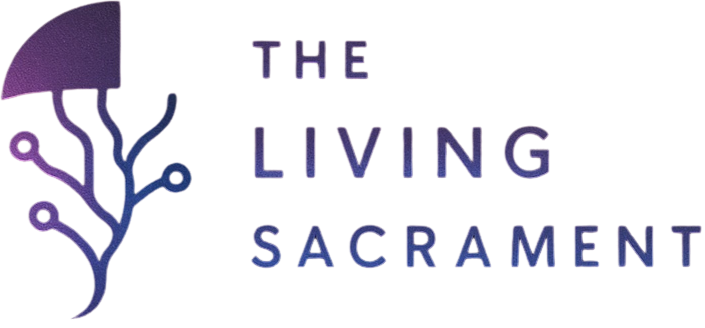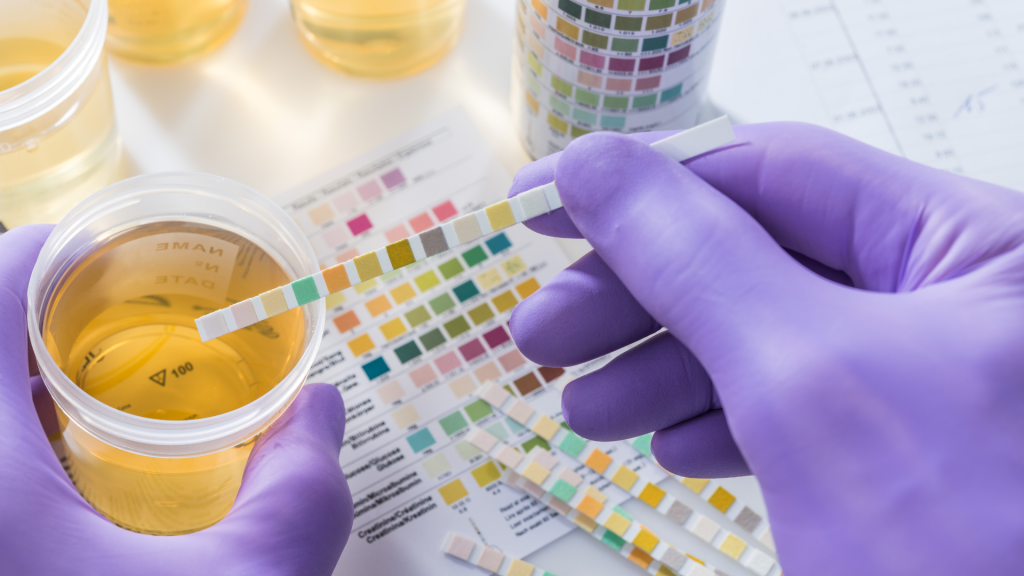People often assume magic mushrooms vanish from the body without a trace. After all, the experience fades in a few hours, and there’s no hangover. But can psilocybin actually be detected in urine? The short answer is yes, though only for a short time and only through specialized testing.
What Happens in the Body After Taking Psilocybin
When you eat magic mushrooms, your body quickly converts psilocybin into psilocin, the compound responsible for the psychedelic effects. This transformation happens in the gut and liver within minutes. Psilocin then enters the bloodstream, crosses the blood–brain barrier, and interacts with serotonin receptors.
Once the effects fade, the body metabolizes psilocin further and excretes it mainly through urine. Studies show that about 65–80% of psilocin is eliminated within the first eight hours, and most of the rest within 24 hours. After a day, only trace amounts remain.
The Detection Window
For most people, psilocin is detectable in urine for up to 24 hours, rarely longer. The time frame depends on several factors:
- Dose – Higher doses stay detectable slightly longer.
- Metabolism – Faster metabolisms clear psilocin more quickly.
- Hydration – More water intake can speed up excretion.
- Testing method – Some tests are far more sensitive than others.
Standard workplace or probation drug screens do not test for psilocybin or psilocin. Typical panels (like 5-panel or 10-panel tests) look for drugs such as THC, cocaine, opioids, and amphetamines, not psychedelics.
Only advanced laboratory tests, such as gas chromatography–mass spectrometry (GC/MS) or liquid chromatography–tandem mass spectrometry (LC-MS/MS), can identify psilocin in urine. These are expensive and used mainly for toxicology studies, not routine drug screening.
What the Science Shows
Research confirms that psilocybin itself is rarely detected in urine. Instead, labs find its metabolite, psilocin. In a controlled study on human volunteers, psilocin appeared in urine 20 to 40 minutes after ingestion, peaked between 1.5 and 3 hours, and became undetectable after 24 hours.
Analytical chemists have shown detection limits as low as 1–10 nanograms per milliliter when using advanced methods. However, the short detection window and the cost of these tests make them uncommon outside of research or forensic investigations.
How the Body Breaks It Down
Psilocin doesn’t stay in its original form for long. The liver converts much of it into psilocin-O-glucuronide, a water-soluble compound that the kidneys easily excrete. Around 80% of psilocin leaves the body this way.
Once excreted, these metabolites no longer have any psychoactive effect. By the time the trip is over, most of the active material is already gone.
Can Hair or Blood Tests Detect Psilocybin?
Blood tests can detect psilocin for a few hours after use, but the compound clears rapidly. Within 6 hours, levels drop below measurable limits.
Hair tests are rarely used for psilocybin because psilocin doesn’t bind well to keratin. Even if traces enter hair follicles, the concentrations are far below standard detection thresholds. In short, urine testing is still the most effective, though very limited, method of detection.
Why Most Drug Tests Don’t Look for It
Most employers, clinics, and agencies rely on standard drug testing panels designed to detect substances with high abuse potential or health risks. Psilocybin does not fit those categories. It doesn’t cause physical dependence, and its use is relatively rare compared to drugs like opioids or amphetamines.
Because of that, screening for psilocybin is considered unnecessary in most testing programs. Specialized toxicology labs or forensic agencies may test for it in cases involving accidents, intoxication, or clinical research.
How Long It Stays in Your System
- Blood: up to 6 hours
- Urine: up to 24 hours
- Saliva: up to 24 hours (rarely tested)
- Hair: not reliable for detection
Even though psilocin leaves the body quickly, the psychological effects can linger as subtle mood shifts or afterglow sensations for a day or two.
Summary
Yes, psilocybin can be detected in urine, but only as psilocin, its metabolite, and only for a short time. The detection window rarely exceeds 24 hours. Standard drug tests won’t catch it, and even advanced lab methods require high sensitivity to find traces.
By the time a person feels completely back to normal, almost all psilocin has already been cleared.
Sources:
- Felix Hasler (2002). Renal excretion profiles of psilocin following oral administration of psilocybin, Journal of Pharmaceutical and Biomedical Analysis.
- Grieshaber A., Moore KA., Levine B. (2001). The Detection of Psilocin in Human Urine, Journal of Forensic Sciences.

